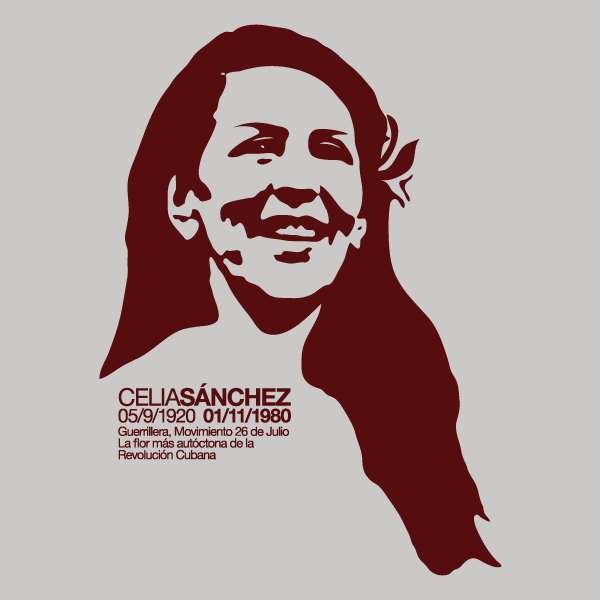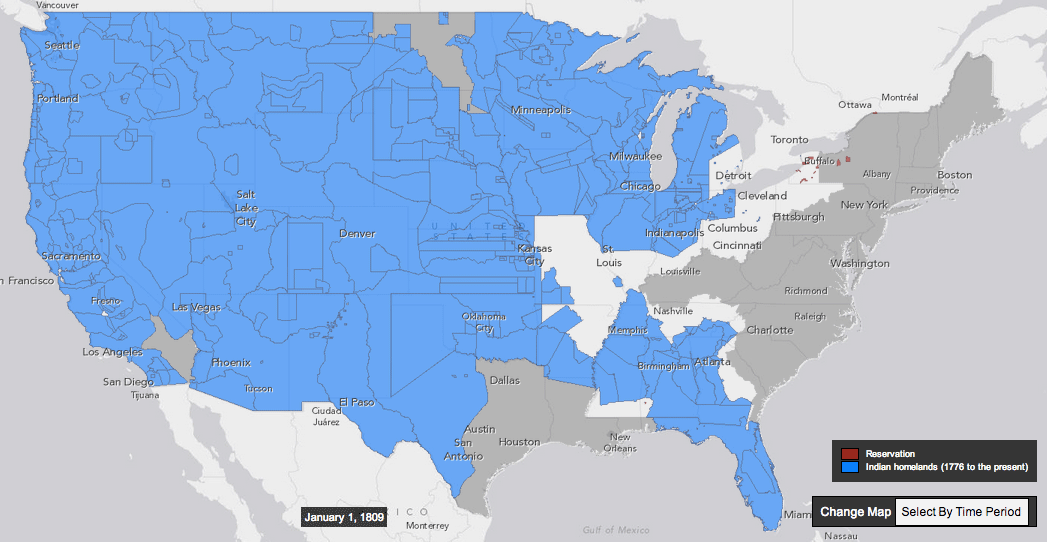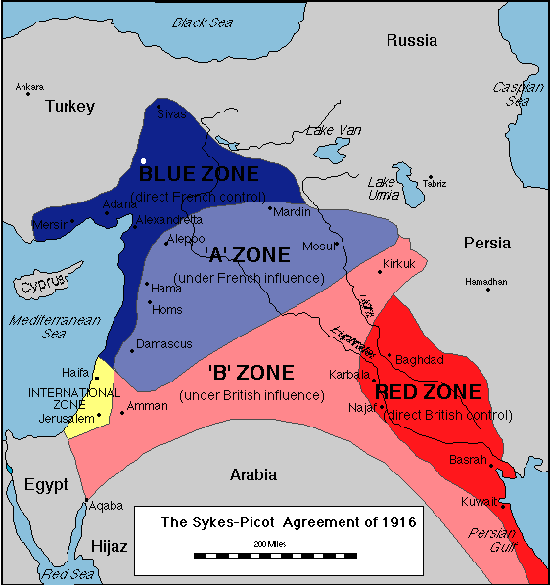Fake news is a red herring | World | DW.COM | 25.01.2017
▻http://www.dw.com/en/fake-news-is-a-red-herring/a-37269377
Fake news, propaganda and “disinformatzya” are changing the media landscape - in the US, Russia and Turkey and across the world. The question is how to combat them.
Par Ethan Zuckerman (une véritable analyse des diverses composantes du monde post-truth)
Different types of fake news
It’s tempting to say that Trump is using “fake news” to mean “news I don’t like”, but the reality is more complicated. “Fake news,” in this usage, means “real issues that don’t deserve as much attention as they’re receiving.” This form of fake news was likely an important factor in the 2016 campaign. There’s a compelling argument that the release of Clinton and Podesta’s emails by Russian hackers - and the media firestorm that ensued - were key to the outcome of the US election. While media outlets overfocused on the non-scandal of the emails, this wasn’t “fake news” so much as it was “false balance,” with newspapers playing up a Clinton “scandal” to counterbalance an endless sequence of Trump scandals.
There’s another type of “fake news” that surfaces during virtually every political campaign: propaganda. Propaganda is weaponized speech that mixes truthful, deceptive and false speech, and is designed explicitly to strengthen one side and weaken the other. Propaganda has been around for a long time, preceding the era of mass media.
A third category of “fake news,” relatively new to the scene in most countries, is disinformatzya. This is news that’s not trying to persuade you that Trump is good and Hillary bad (or vice versa). Instead, it’s trying to pollute the news ecosystem, to make it difficult or impossible to trust anything. This is a fairly common tactic in Russian politics and it’s been raised to an art form in Turkey by President Tayyip Erdogan, who uses it to discredit the internet, and Twitter in particular. Disinformatyza helps reduce trust in institutions of all sorts, leading people either to disengage with politics as a whole or to put their trust in strong leaders who promise to rise above the sound and fury. The embrace of “fake news” by the right wing in America as a way of discrediting the “mainstream media” can be understood as disinformatzya designed to reduce credibility of these institutions - with all the errors news organizations have made, why believe anything they say?
One of the best known forms of disinformatya is “shitposting,” the technique of flooding online fora with abusive content, not to persuade readers, but to frustrate anyone trying to have a reasonable discussion of politics on the internet.
Solving the problem of sensationalistic, click-driven journalism likely requires a new business model for news that focuses on its civic importance above profitability. In many European nations, public broadcasters provide at least a partial solution to this problem - in the US, a strong cultural suspicion of government involvement with news complicates this solution. A more promising path may be to address issues of filtering and curation. Getting Facebook to acknowledge that it’s a publisher, not a neutral platform for sharing content, and that its algorithmic decisions have an impact would be a first step towards letting users choose how ideologically isolated or exposed they want to be. Building public interest news aggregators that show us multiple points of view is a promising direction as well. Unbalanced news is a problem that’s always been with us, dealt with historically by shaping and adhering to journalistic standards - it’s now an open question whether social media platforms will take on that responsibility.
Surprisingly, our best bets for fighting propaganda may come from a return to the past. Stanford historian Fred Turner wrote a brilliant book, “The Democratic Surround,” on how US intellectuals had tried to fight fascist propaganda in the 1940s through reinforcing democratic and pluralistic values. Rather than emphasizing critical reading or debate, the thinkers Turner documents designed massive museum installations intended to force Americans to wrestle with the plurality and diversity of their nation and the world. While exhibits such as “The Family of Man” might be an impossibly dated way to combat fake news, the idea of forcing people to confront a wider world than the one they’re used to wrestling with goes precisely to the root of the problems that enable fake news.
































































